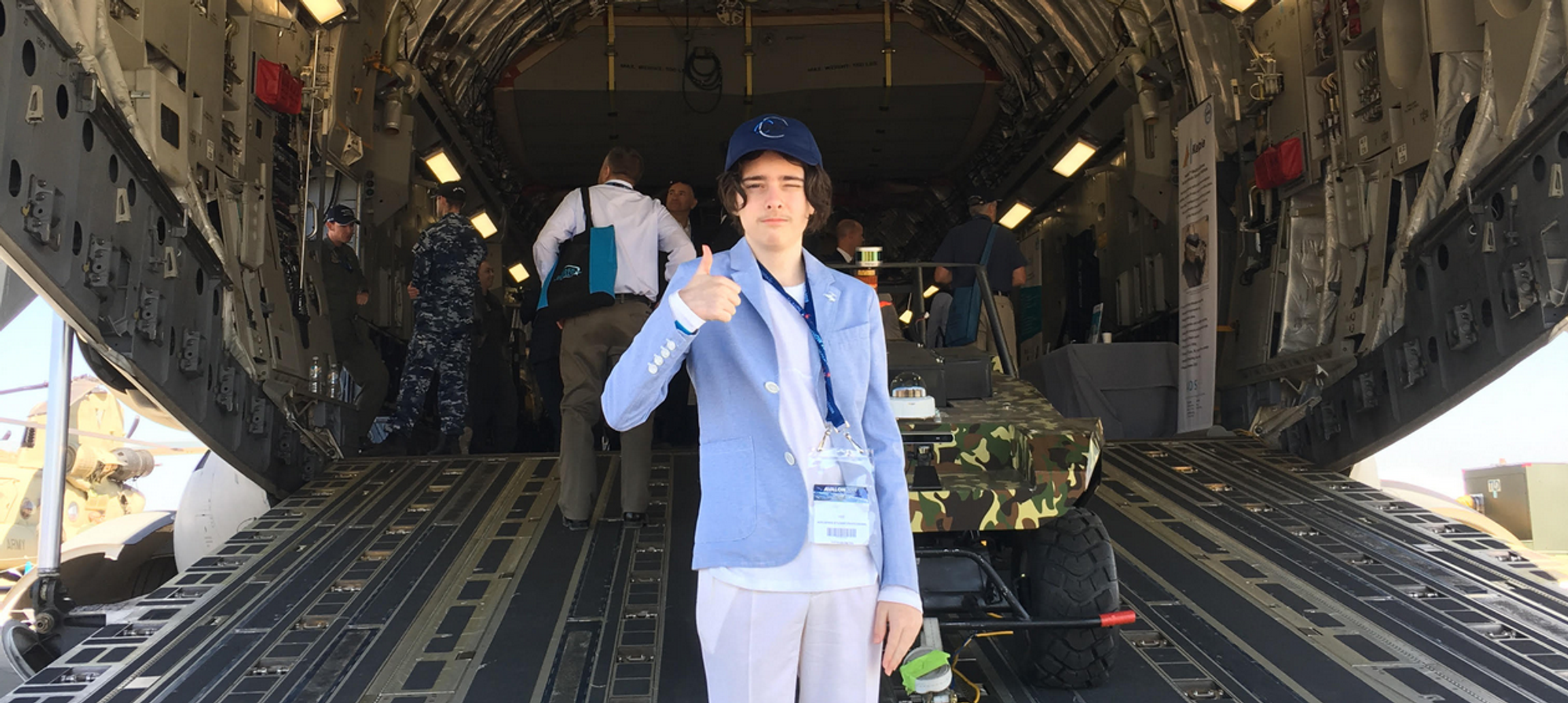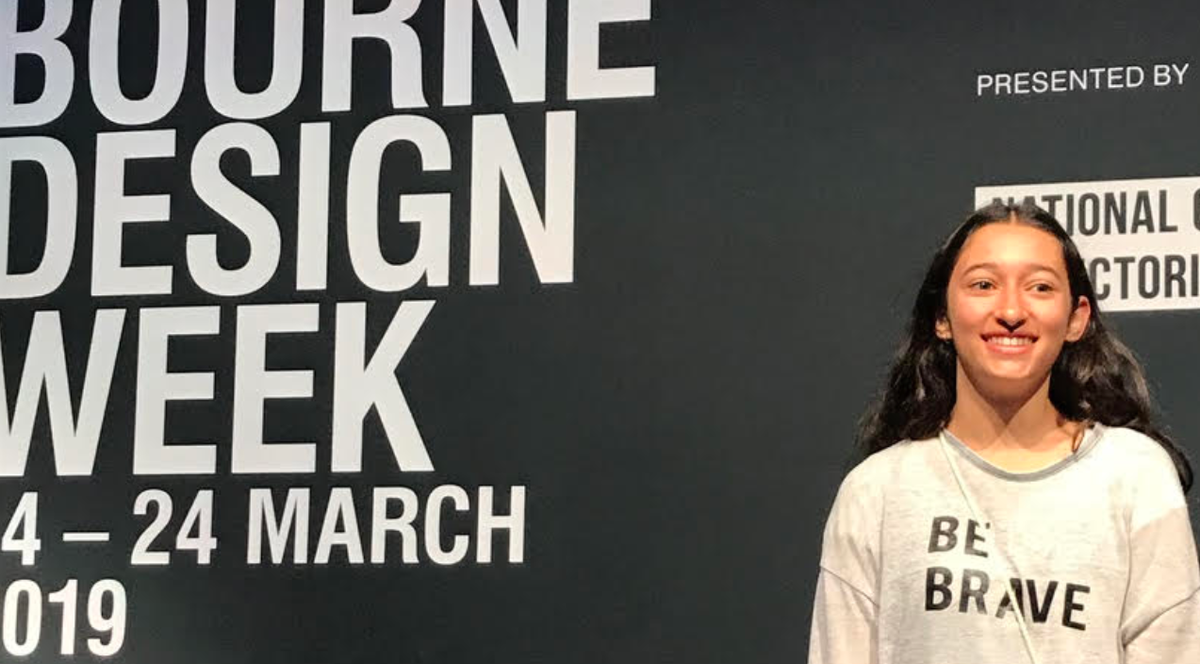Student Buzz
Benedict at Avalon Airshow 2019

Student Buzz
Benedict at Avalon Airshow 2019


This year, Alia Ferdowsian (Year 8) was one of three finalists in the Victorian Design Challenge. The NGV Design Challenge aims to inspire impactful and implementable solutions that demonstrate the value of design and creativity in making a better future. The theme this year was “waste” and Alia was chosen as one of three finalists to present her topic of Fast Fashion.
On Tuesday 19 March, Alia pitched her design solutions for Fast Fashion to the jury, featuring six leading design professionals, chaired by Craig Reucassal from ABC’s War on Waste and a live audience on stage in the Great Hall. Here is our interview with Alia:
Q. Why did you decide to enter the NGV Design Competition?
Because I really like doing design, and I have always been really passionate about finding solutions to the problem of waste.
Q. What have you learnt from the experience?
I learnt about Fast Fashion and how our Fashion industry revolves around an unsustainable system. Also, when I was watching the professionals and tertiary students I was really inspired by some of their designs and their presentation.
Q. What exactly is Fast Fashion?
Fast Fashion is the global consumption of really cheap clothing items that are in use for short amounts of time. Fast Fashion has a negative effect on our society and our planet and often people support Fast Fashion without even knowing it. So many clothing shops around Australia contain Fast Fashion items that it becomes really hard to avoid.
Q. What do you mean by Fast Fashion being a global issue that we support without really knowing it?
Fast Fashion has become a major part of our society, and it has become really hard to avoid. So many people contribute to Fast Fashion just by buying a $5 t-shirt. To walk you through where a $5 t-shirt really comes from:
First, the cotton is grown in large quantities, taking up huge amounts of space, with harmful pesticides being added to the plant; the cotton plant uses 2500L of water per t-shirt – that is the same amount of water a person drinks in 2.5 years.
Next, the cotton is sent to a large factory either in China or India and from there turned into cotton threads; the threads get turned into huge sheets of fabric that is then bleached and dyed. Unfortunately some of the chemicals in the cheap bleaches and dyes are dangerous and can lead to cancer and other sickness.
From here, it is sent to Bangladesh, India, Turkey or China. In Bangladesh over 4.5 million people are employed in the textile industry; each of these people working in extremely poor conditions for up to 16 hours a day.
Who would have thought that a $5 t-shirt could cause so much harm to our society and to our planet?
Benedict Kovac (Year 8) was a guest of RMIT University as he created the music for the Avalon Airshow 2019 Sir Lawrence Wackett Aerospace Centre, RMIT exhibition which was included in all visual media of the RMIT event at Avalon.
Benedict was invited by RMIT to work with the creative team and media communication to produce music that expressed the elements of Air Space Land Water. The Vice Chancellor of RMIT, Martin Bean, congratulated Benedict on a great achievement and the Director of the Sir Lawrence Wackett Aerospace Centre, Michelle Gee, thanked Benedict for the music, which was an inspiration to the event.


Benedict was shown the latest air force and defence advancements by Australia's leading partner companies such as BAE, Boeing and Lockheed Martin, demonstrating the future of technology.